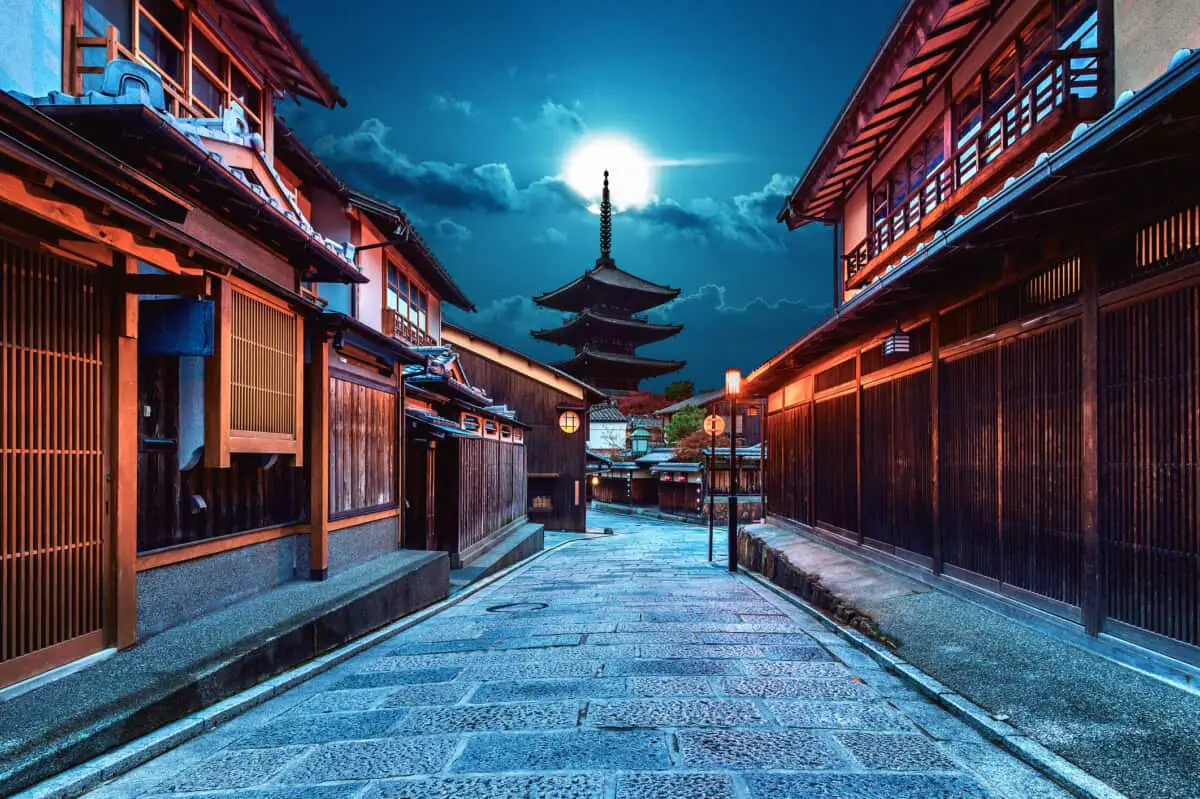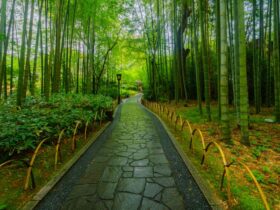Kyoto is one of the most amazing experiences you’ll have in Japan. Not just Kyoto in general but old town Kyoto or the historic district will make you feel as I did that you had traveled back in time, centuries to old Japan.
I loved my short visit to Kyoto but have every plan in the world to return.
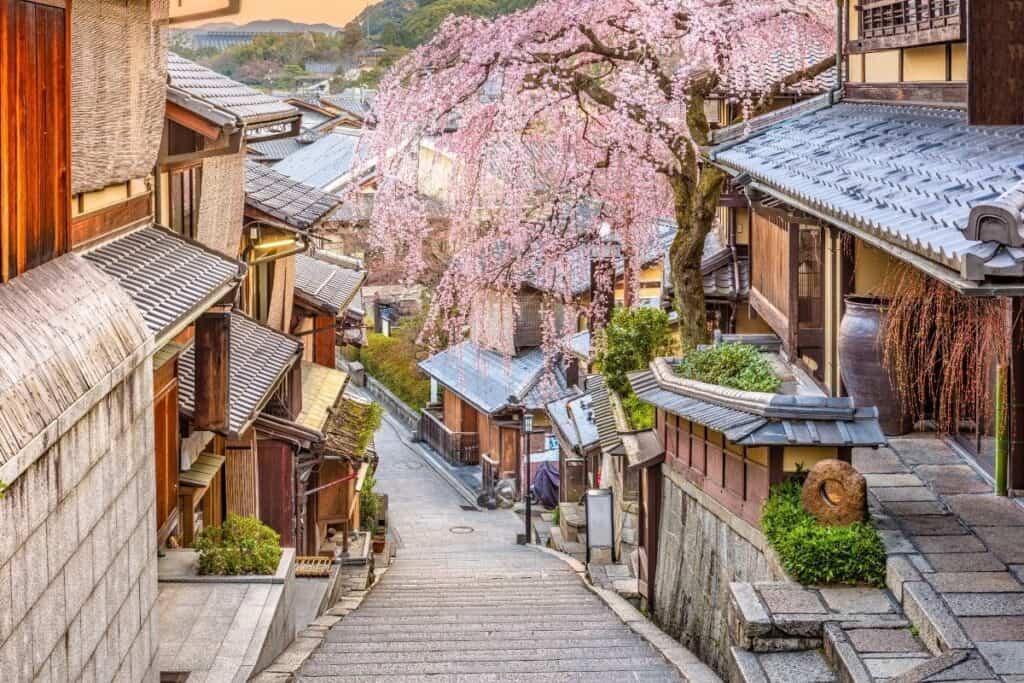
Walking the streets and seeing the old architecture will take you back in time. No Delorean or Plutonium is needed. However, you will want to use a hi-tech mode of travel that goes far beyond the 88 miles per hour mark.
There are a few options from getting to Tokyo to Kyoto, but my number one choice is the Hikari Shinkansen.
As a general rule traveling from Tokyo station to Kyoto will take approximately 2 hours and 30 minutes on the Hikari Shinkansen. You will need to purchase a Japan rail pass to ride on the Hikari Shinkansen to Kyoto.
There are three types of Shinkansen that travel from Tokyo to Kyoto. The fastest is the Nozomi, it is the fastest and takes 2 hours 15 minutes. The second fastest is the Hikari Shinkansen, 2 hours 30 minutes. The third is the Kodama and makes many stops along the route and will take about 3 hours and 40 minutes.
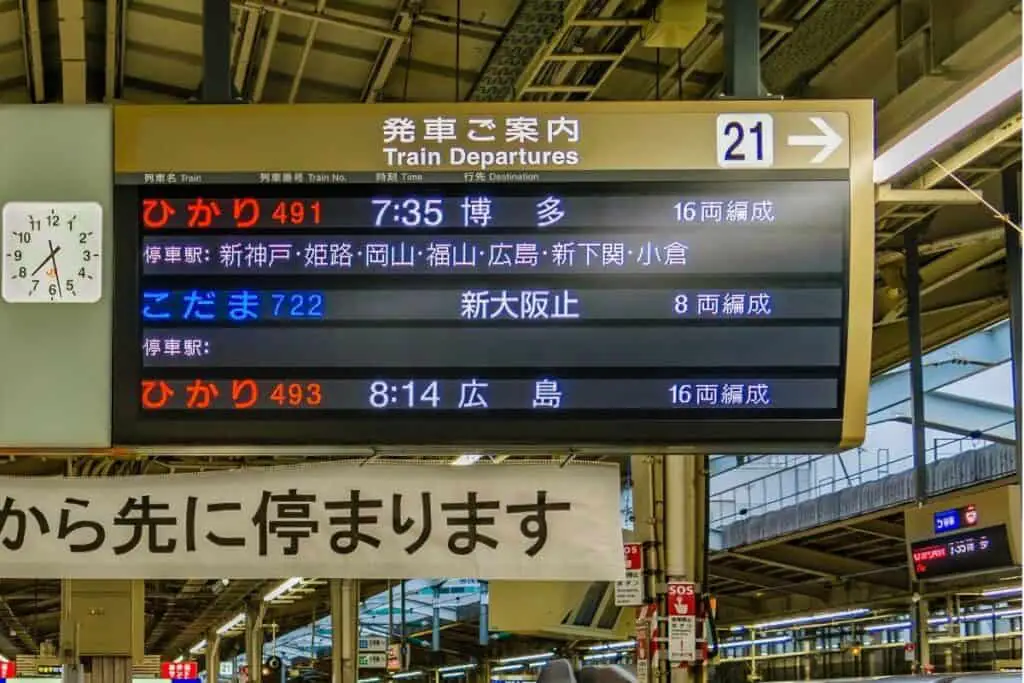
With the JR Rail Pass, the fastest Shinkansen is not available. Your best option for making the trip in the shortest time and costing the least is the Hikari Shinkansen.
Don’t miss your train…If you’re worried about missing the train then you’ll be comforted to know how many trains actually make this route and how often.
As a general rule, the Shinkansen route Tokyo to Kyoto leaves every 10 minutes. Trains leave both Tokyo Station or Shin Yokohama Station for Kyoto, this route is perhaps the most popular in the whole country of Japan. A reserved seat would be advised if your planning to travel during peak hours.
Speeds are comparable between all three trains but the longer time factor is a result of stopping at more stations along the route.
TOKYO STATION 101
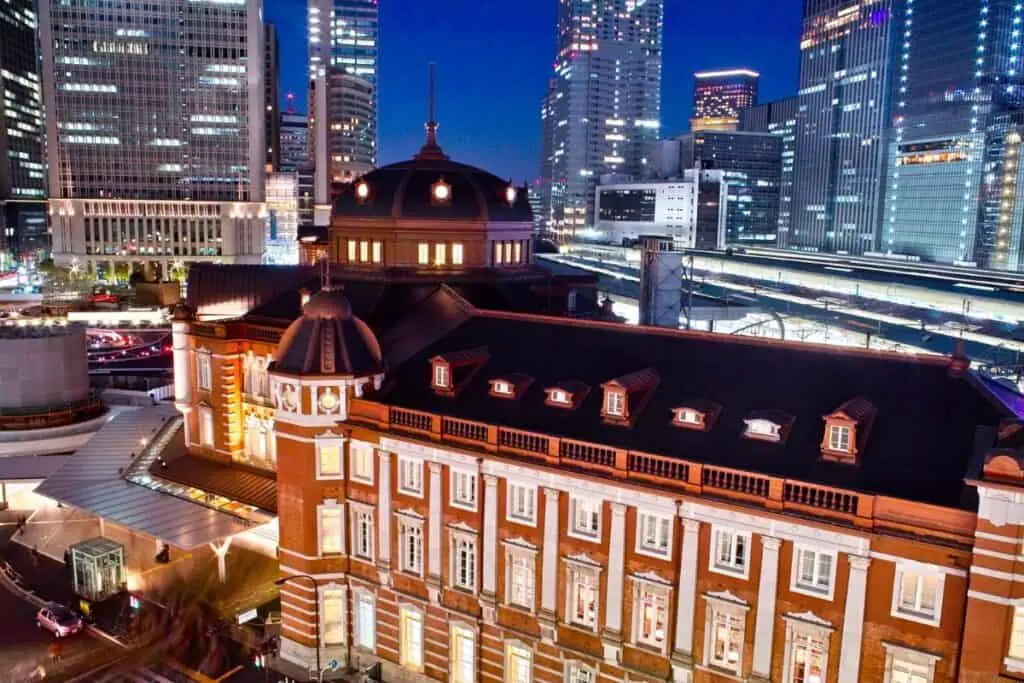
Let’s start our journey at Tokyo Station and mark our steps along the way. If you arrive at the station early there are many choices of foods to eat before your departure.
You can also pick up a myriad of items to carry along your trip as eating on the Shinkansen is perfectly okay compared to the standard train lines of Tokyo in which it is frowned upon.
In addition, food and beverages are served on the Shinkansen although a smaller selection than what you will have the chance to purchase beforehand at the station.
Start your journey at the station by making your way to the Shinkansen platform.
The Shinkansen platform location is altogether different from the standard train platform areas. Check the overhead signs for directional arrows. Signs are printed both in Japanese and English.
Jumping from the Kiyomizu stage
Japanese proverb
Make your way to thru the turnstile by inserting your ticket into the front of the turnstile. It will look similar to a credit card slot. Inset your ticket and walk thru, retrieve your ticket from the opposite side of the gate.
Once thru the turnstile search overhead for the signs that will direct you to the correct Shinkansen track. There will also be additional signs with maps and directional arrows pointing you to the proper track platform.
Once you reach the proper track platform you will see small food shops located directly on the platform itself. If you missed the chance earlier then these well-stocked kiosks are a great last-second place to buy a meal before your departure.
Depending on the time of year there are heated or cooled waiting areas on the track platform as well. If you are early or waiting for friends or family it’s a great place to relax.
Once on the platform check the sides of the Shinkansen. Each car has digital displays showing you the car type (reserved) or type of train (Nozomi, Hikari, or Kodama) and the car number. Remember JR Rail pass can not be used on the Nozomi.
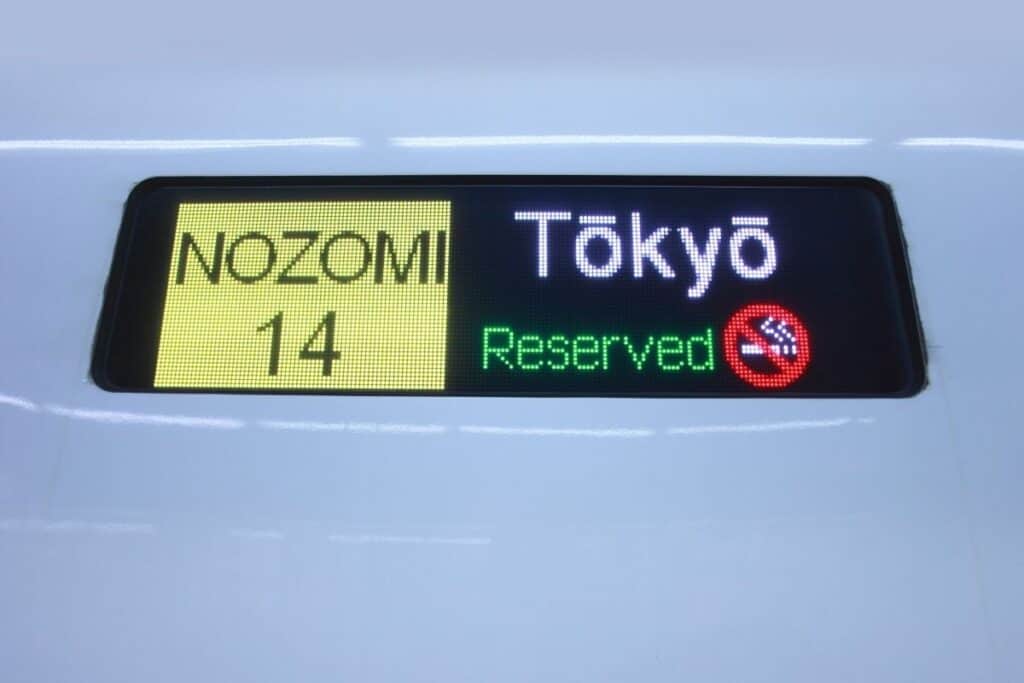
All Aboard
The platform designated smoking area may be your last chance to have a smoke…
As a general rule smoking is not allowed on the Shinkansen. However, certain trains may have ventilated smoking areas.
I’ve learned the hard way not to overpack and bring more luggage than I will ever need or use. There are limitations on how large your luggage can be.
Shinkansen trains allow two pieces of luggage are allowed to be brought on without extra charge. However, luggage with a total size of 98.5 inches is the maximum allowed size. (add your length+width+heigh=total size). Exceeding 98.5 inches will incur an extra charge.
Note your bag’s maximum weight is 66 pounds. (overweight will incur extra fee as well)
JR Pass (helpful information regarding luggage limitations and rules.)
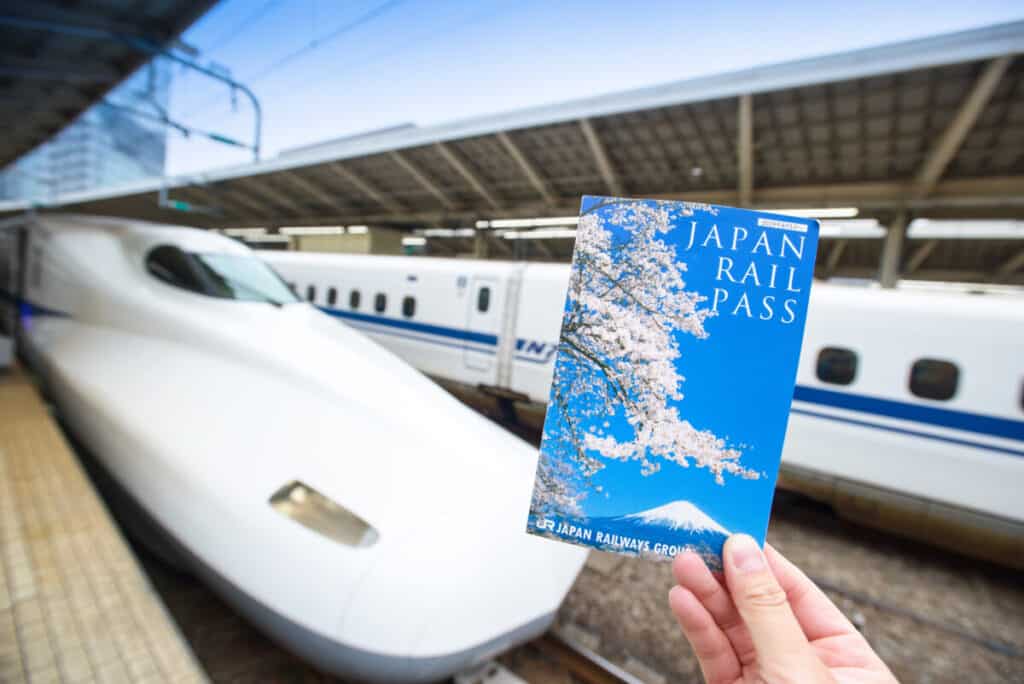
In total each Shinkansen car has overhead storage for baggage and additional items you might bring along. The seats have lots of legroom and each seat has a drop-down tray for eating or working on a laptop. USB Charging ports are also available for phones and computers.
Since many have ridden trains in various parts of the world some people are reluctant to use the onboard facilities. As with most things in Japan they are clean and well laid out.
There are multiple restrooms on each Shinkansen train. Each with unisex bathroom on most and some trains will have restrooms separated by gender. Restrooms will also have baby changing stations and Wheelchair accessible facilities.
The restroom is extremely clean, well organized, and perfectly designed as with most things on the Shinkansen
There is even a call buzzer for staff in case of an emergency while using the facilities. Again most directions are both printed in Japanese and English.
Once the train is underway a food service cart will come through. Items sold will include various snacks, coffee, soft drinks, and even box lunches.
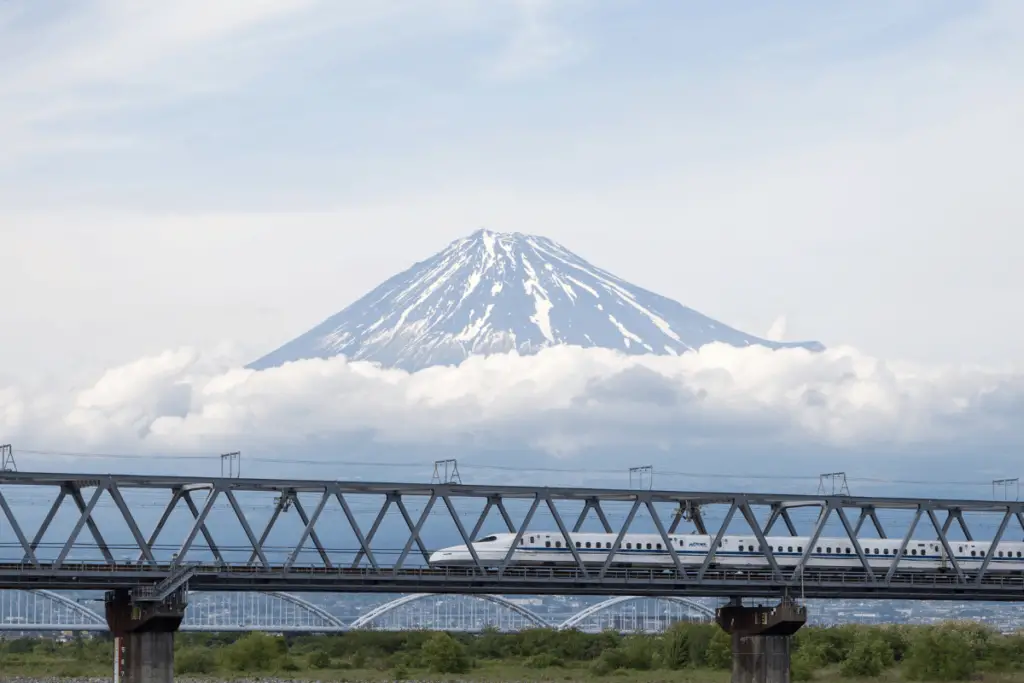
Kyoto Station
Once you have arrived at Kyoto station you will have the option to transfer to local city trains depending on where you are headed.
If your plan is to rent a car, then Kyoto station has several rental locations in and around it.
Japan Automotive Federation (how to drive in Japan Road Rules, Explanations and how to)
There are a couple of rules when renting a car in Japan. You will need an international driver’s license from your home country. You will also need a valid driver’s license from your country. You need to apply for the international license before your trip so it’s advisable to plan ahead.
Car rental rates start at about $70 USD and require that you refill the gas tank before returning it to the rental service. Note that gas prices in Japan are by the liter (3.79 liters per gallon).
TAXI!!!
Taxis are your best bet for traveling around the city. Uber has also started services in a few select cities in Japan including Kyoto. Although reviews are mixed as the prices can be a little more than a taxi.
Uber Kyoto (get a price quote here)
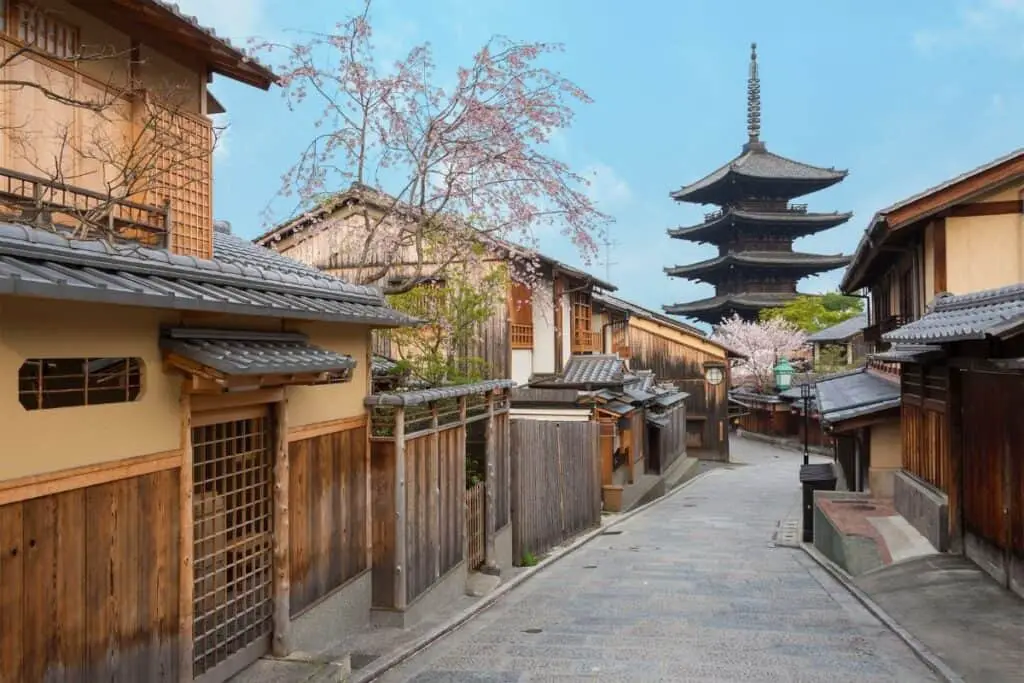
Taking the Bus in Kyoto
If you have used the bus in your home town or used city buses in general then you shouldn’t have much trouble at all taking the local buses in Kyoto. Here are tips for newbies…
- Enter at the rear of the bus
- Read destination display in English
- Push stop button upon reaching destination
- Pay upon exit
- Machine will take 500 or 1000 yen notes
- Exit front of bus only
Buses in the city center have a flat rate of 220 yen for adults. Children ages 6-12 are 110 yen and children under 6 ride for free.
You may also purchase a day pass directly (unlimted same day usage) on the bus with the machine located next to the bus driver. It also can make change for 500 and 1000 yen bills.
In addition to purchasing the day pass directly on the bus, you can obtain one at the north exit of the Kyoto Station. Once you exit at the north exit you will see a bus information center where you can purchase a one-day pass for 600 yen for adults and 300 yen for children ages 6-12.
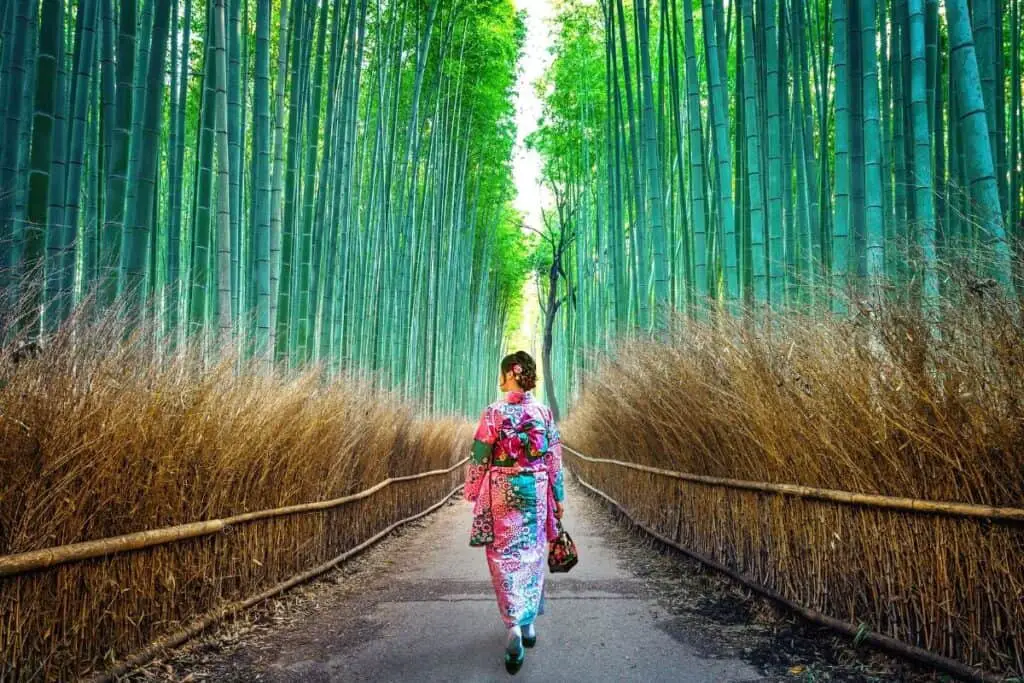
Kyoto Bus (Detailed Bus Information)
Take some time and explore the ancient city of Kyoto. I think it might be my favorite city to visit in all of Japan. Its hard to say as I still have about 999 other places in Japan on my bucket list.

